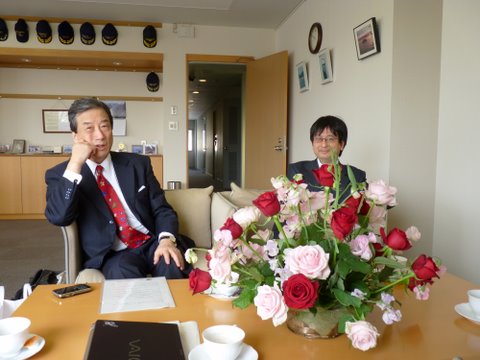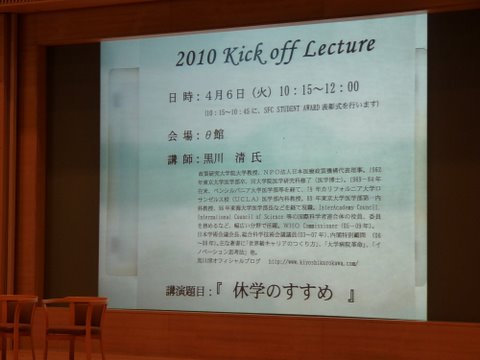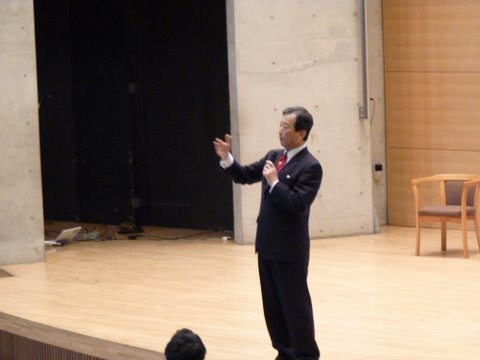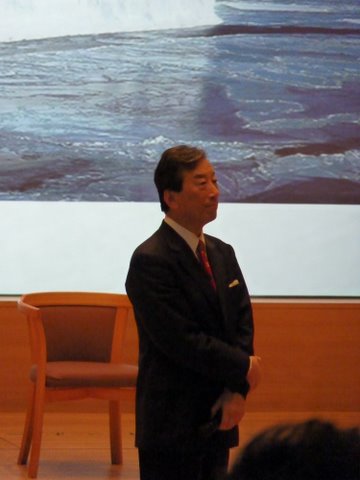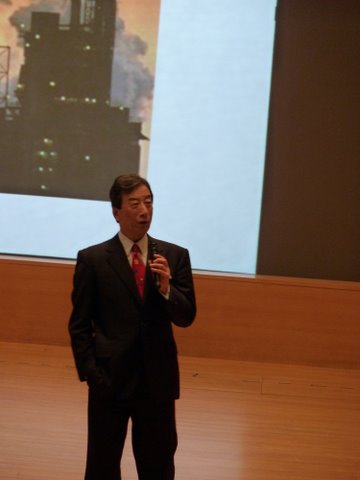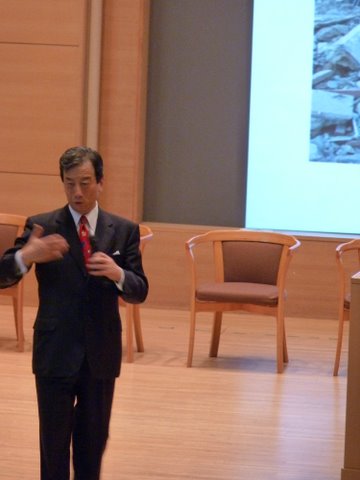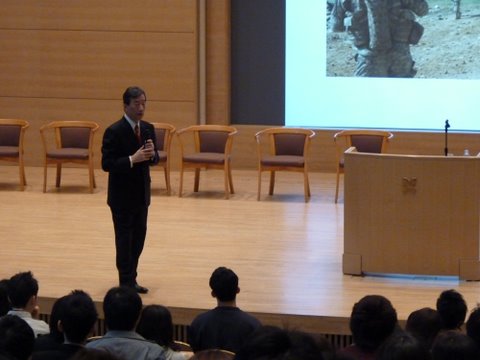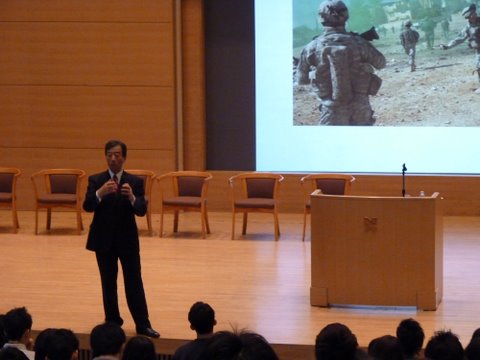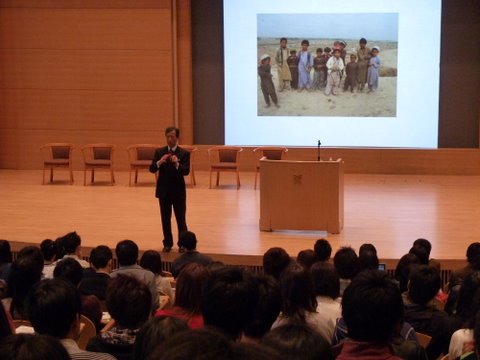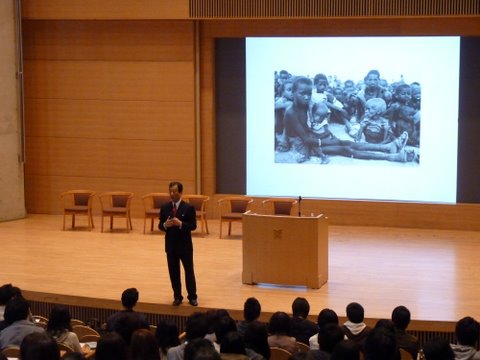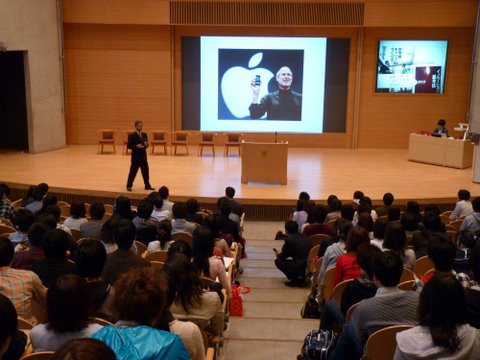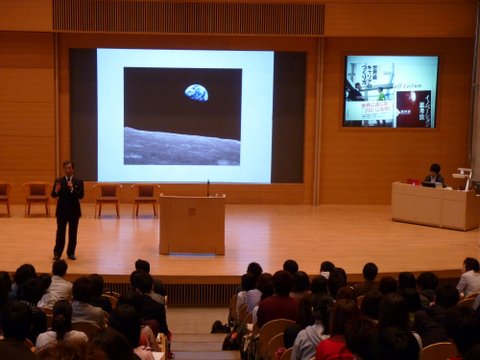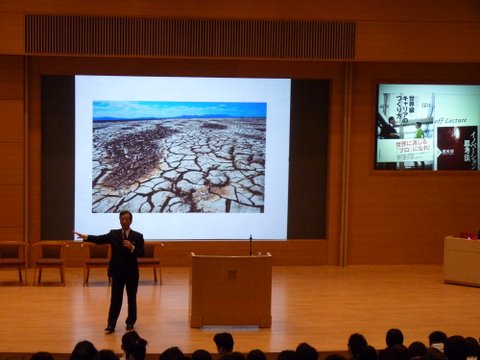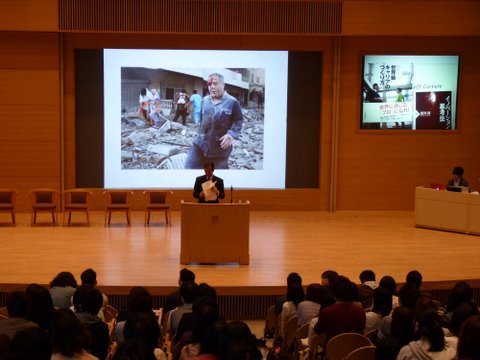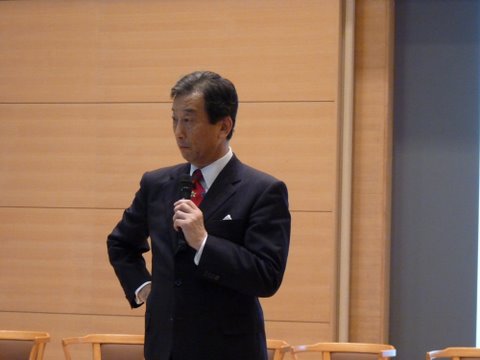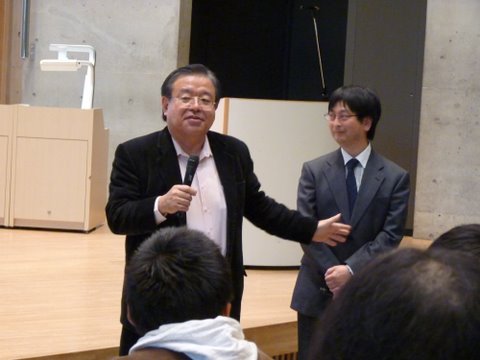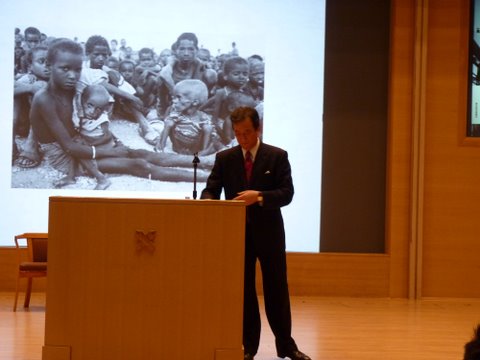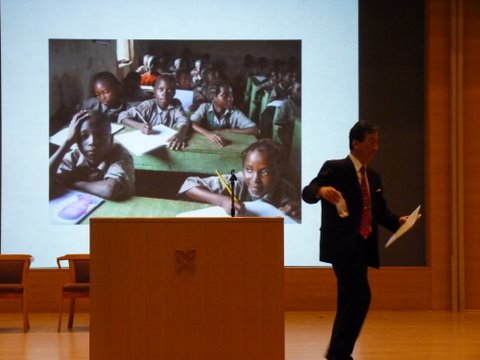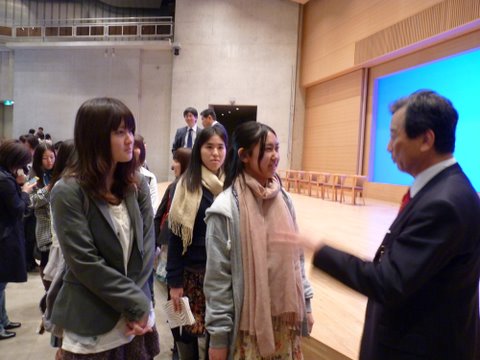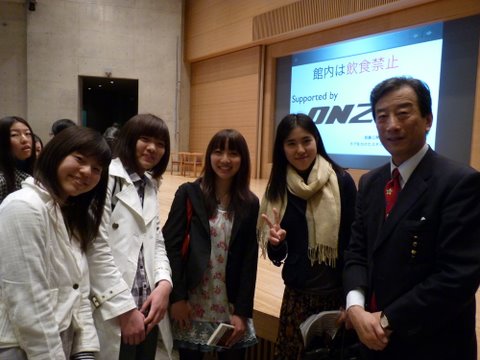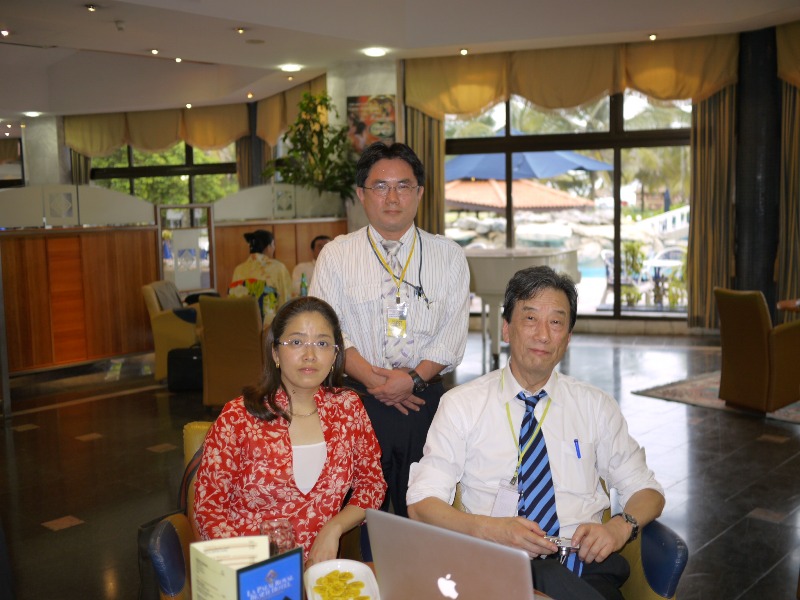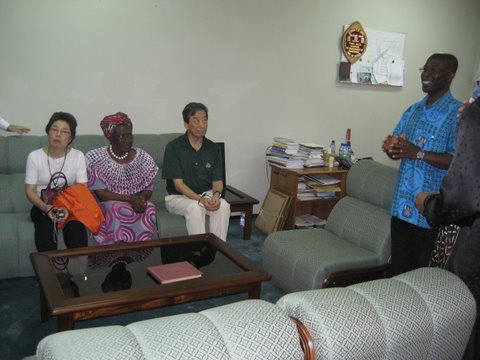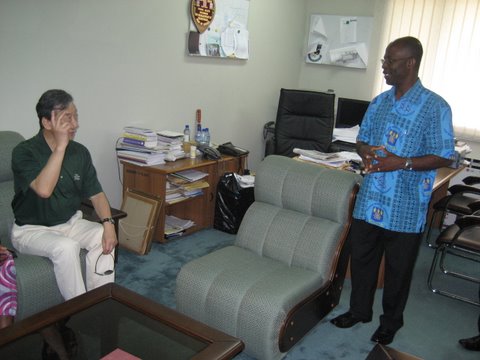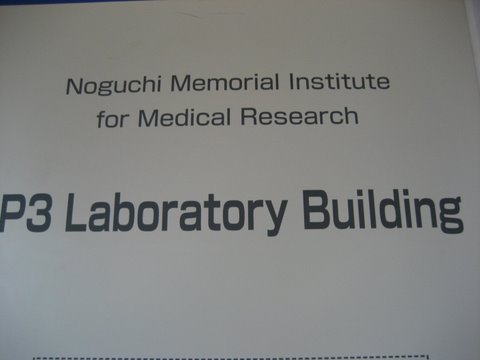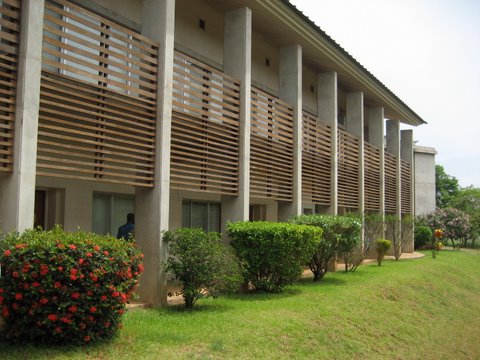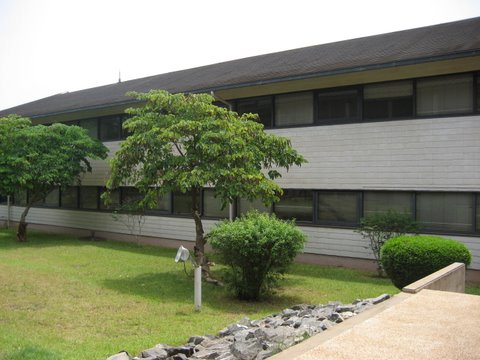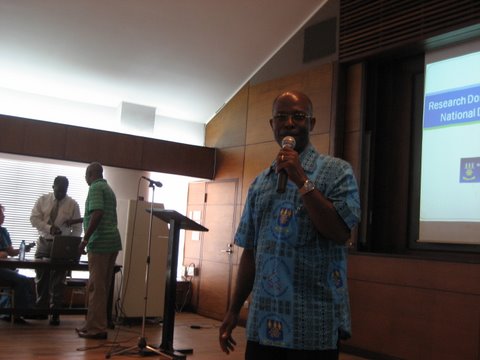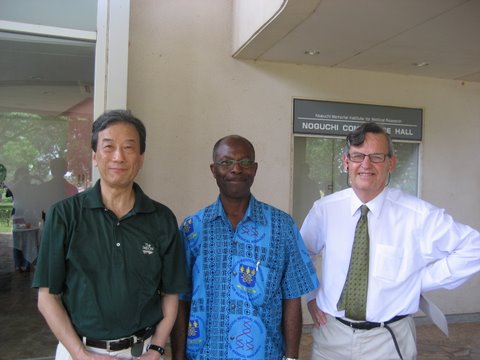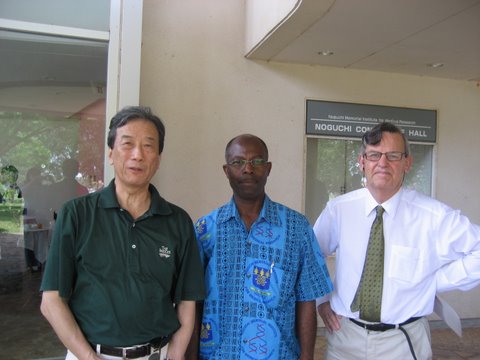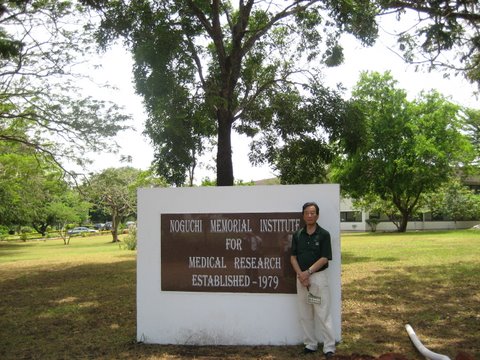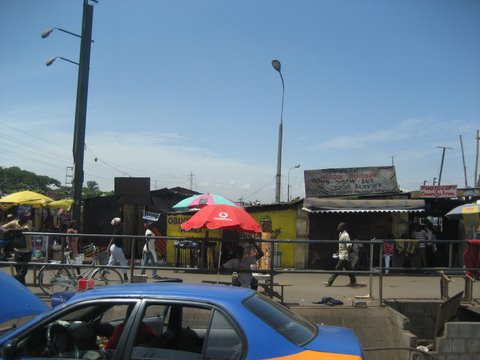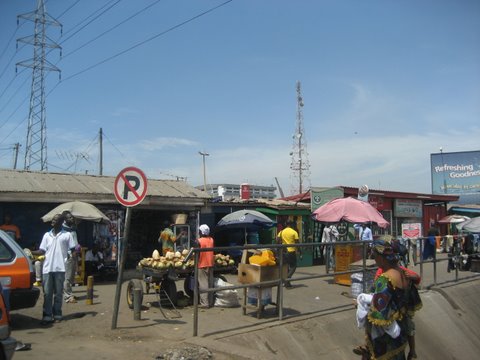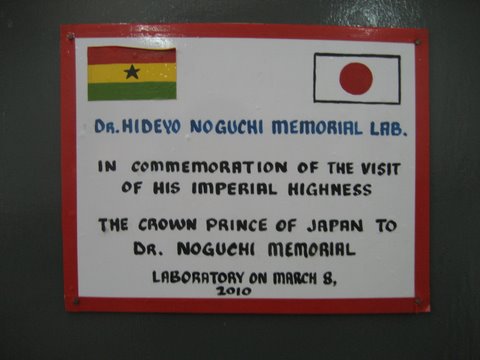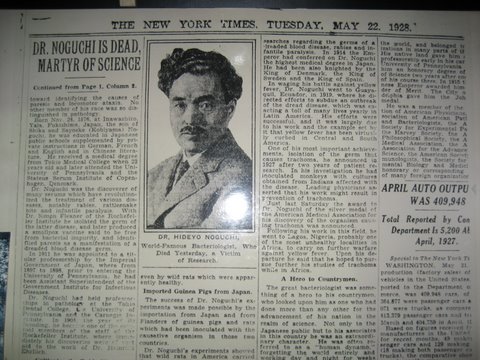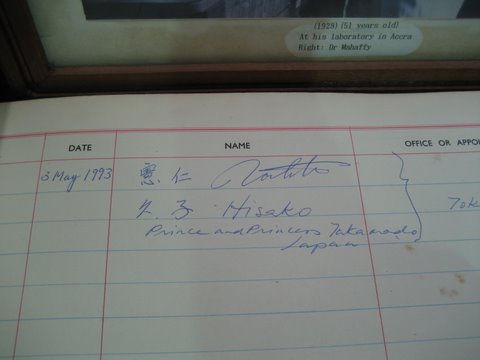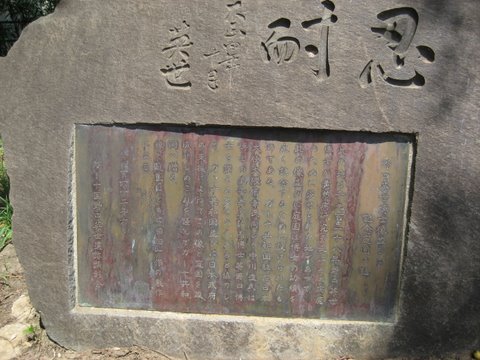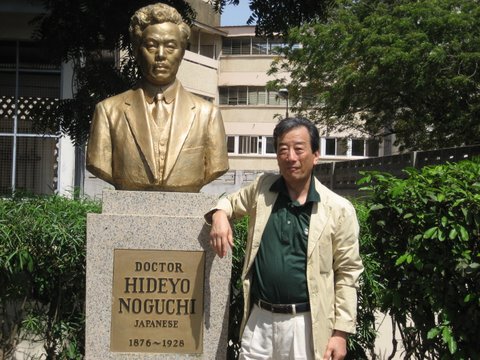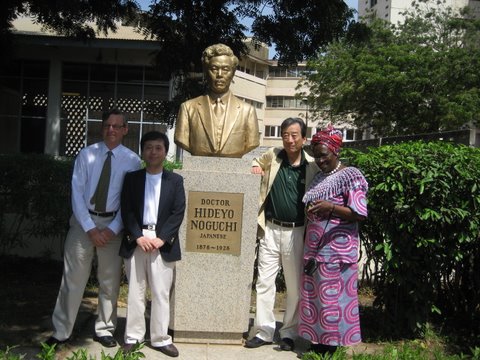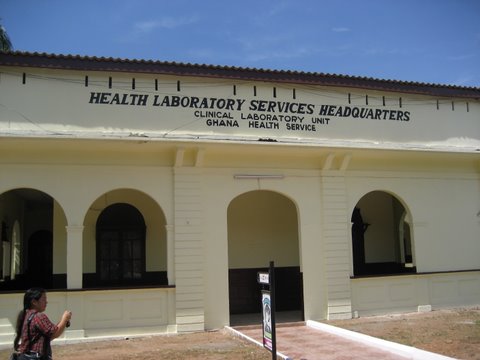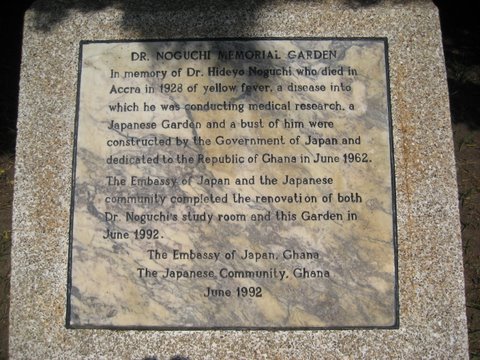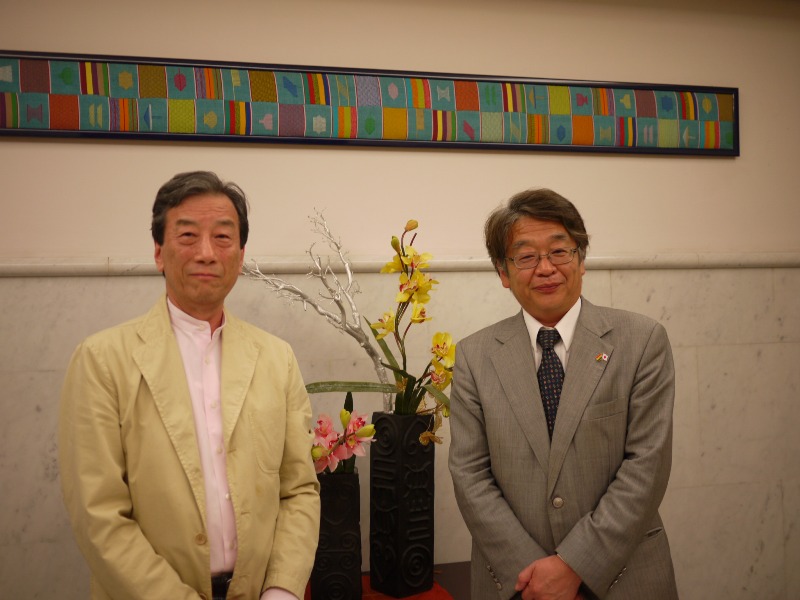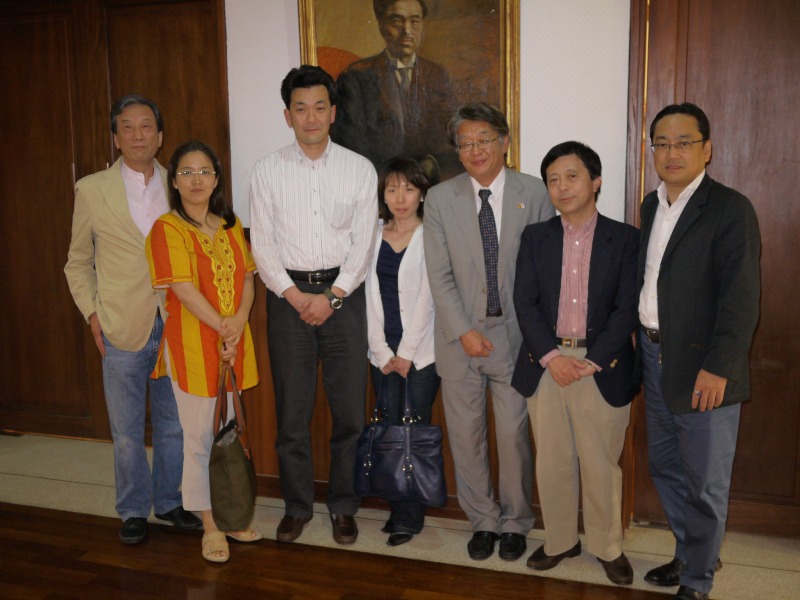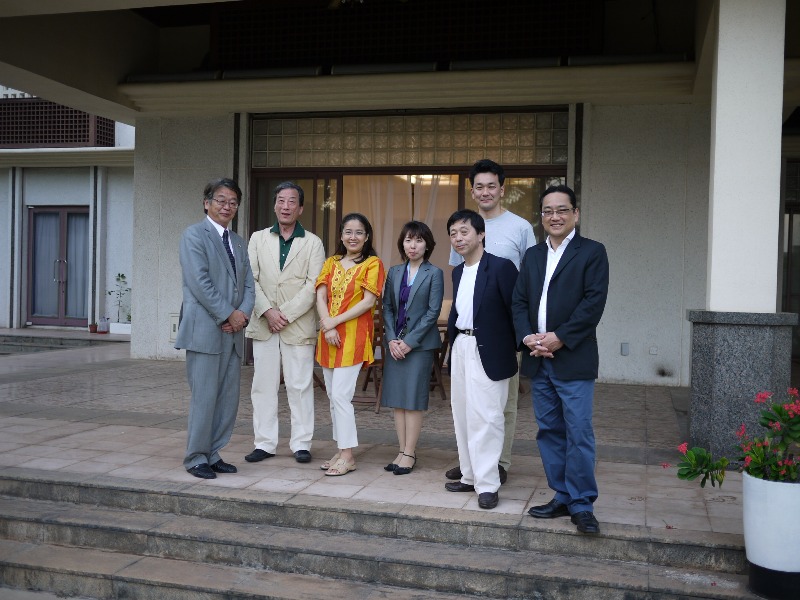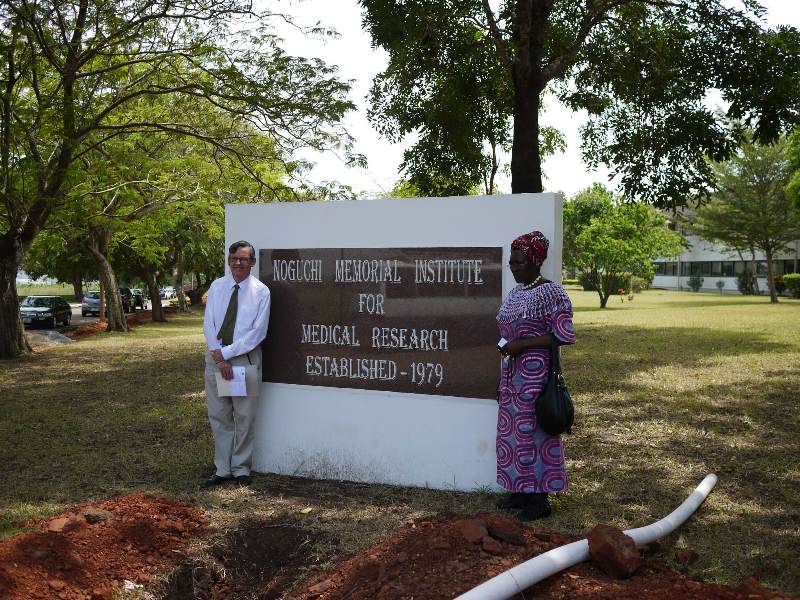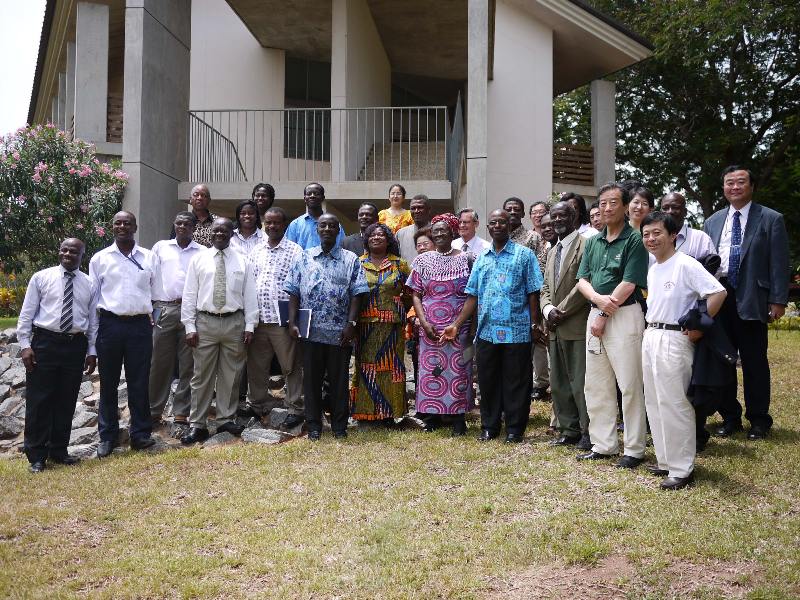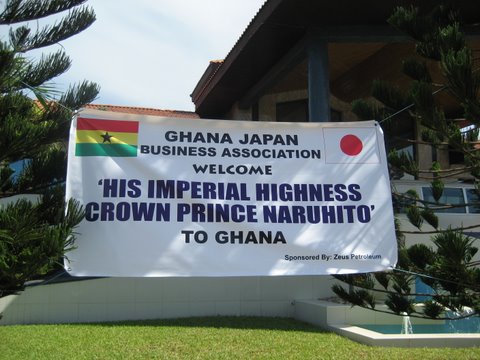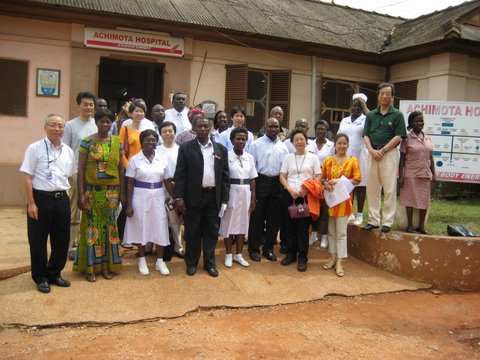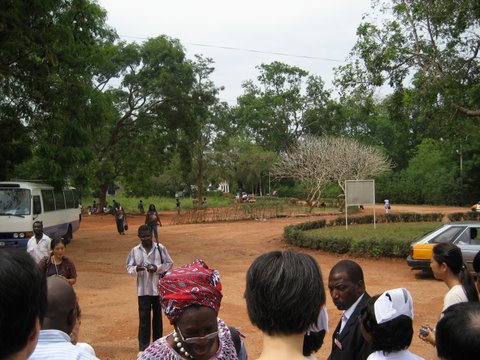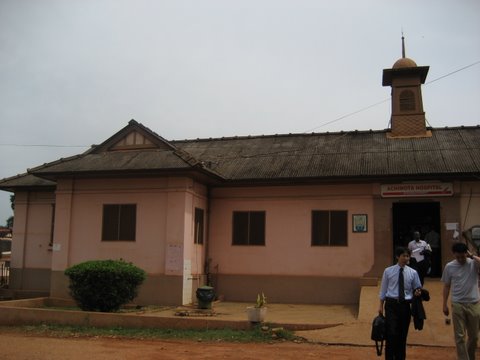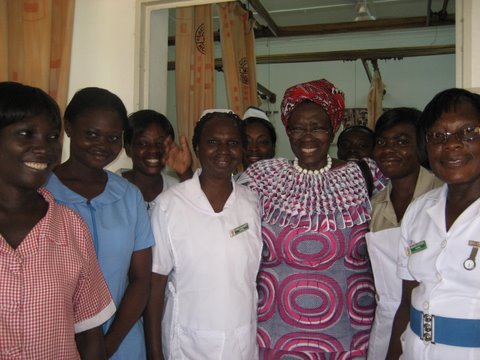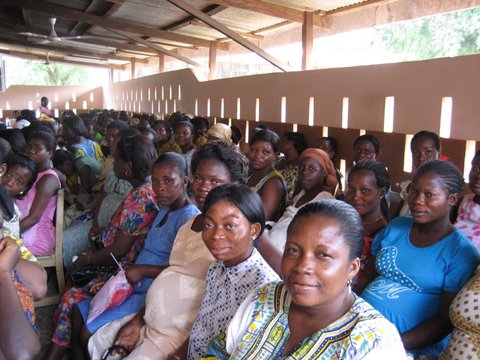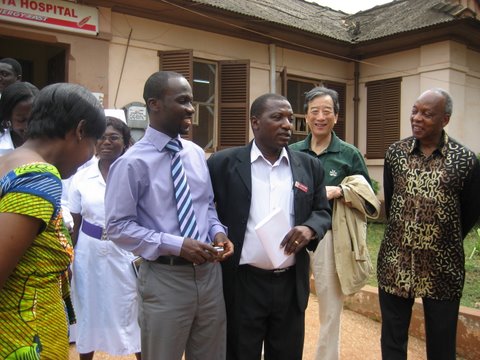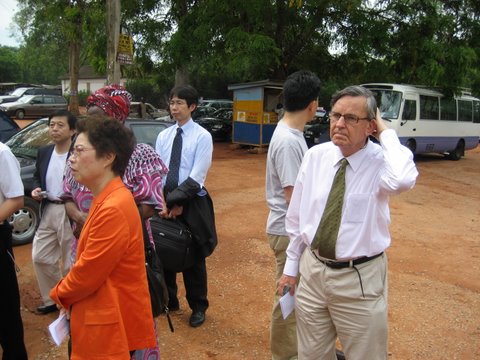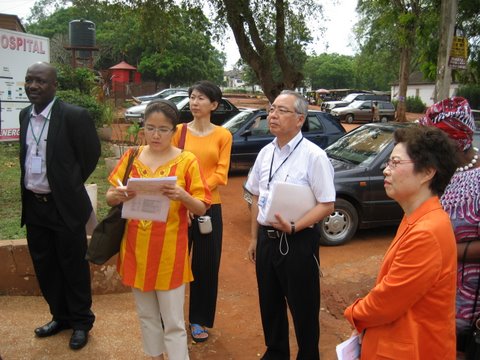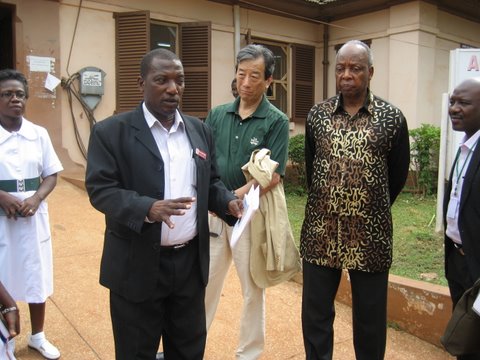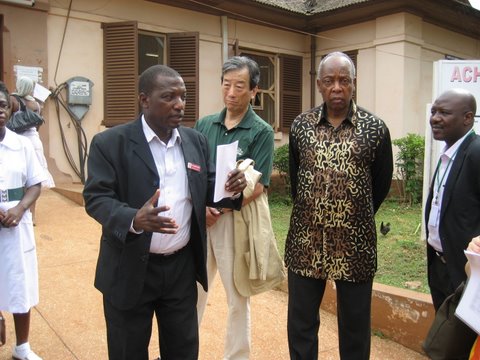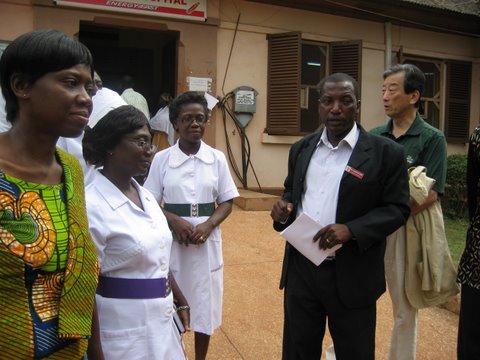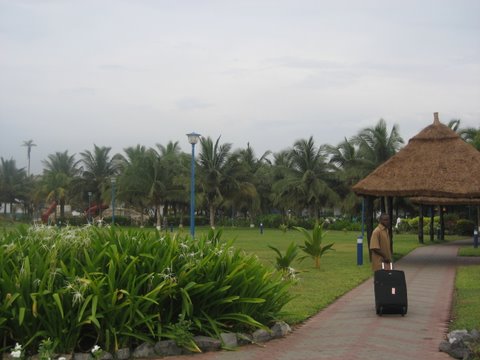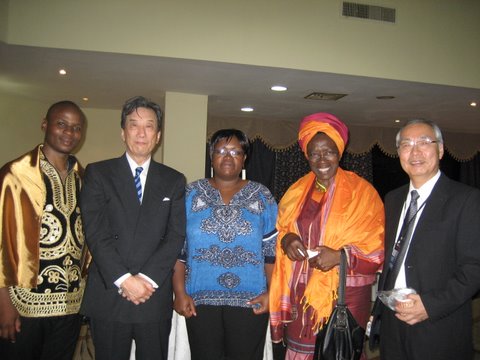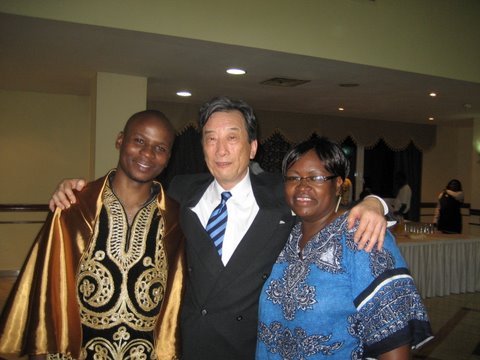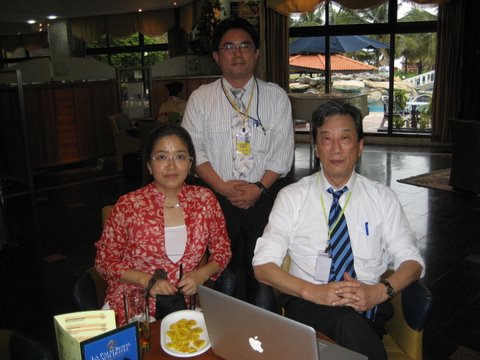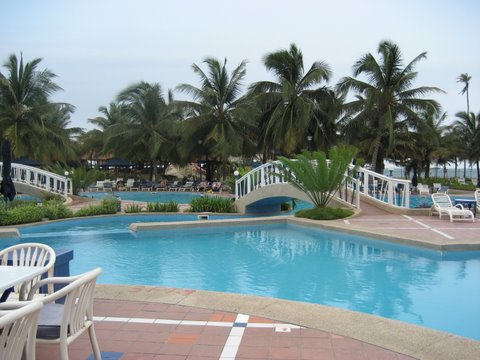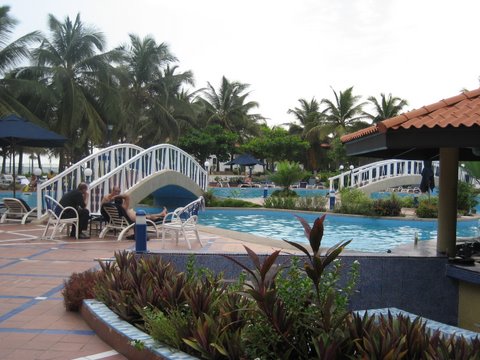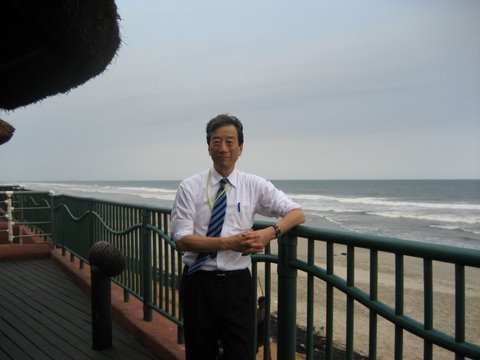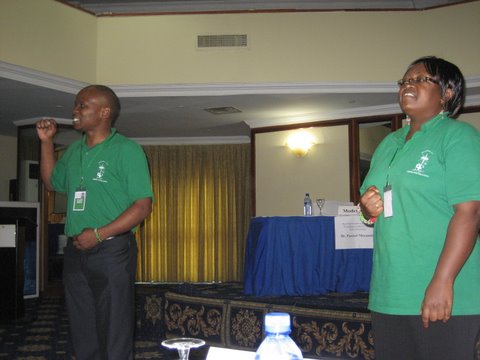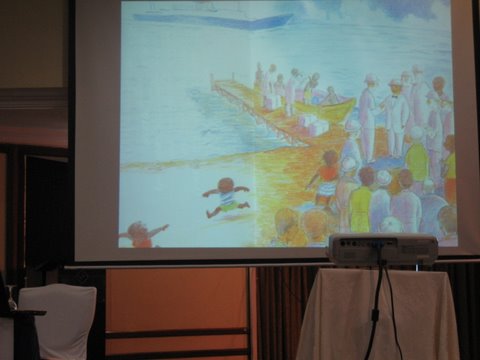In the world, especially in the ‘developed countries’, government spending is soaring up high while economy recovery is still slow (although not as slow as Japan…) so the increase of national debt is now being a deep concern to many government leaders.
At EU, Greece fell into insolvency, Spain and Portugal may also become excess debts and the value of Euro is facing crisis.
Economy in Japan still continues to be in bad shape. Japan has seen hardly any significant GDP growth for these 20 years. National budget this year consists of more government-bonds than tax revenue, and policies they come up with only demands more public spending. Japan’s total debt (mostly government bonds) is now close to 200% of its GDP.
Nonetheless, I don’t see any self control in Japan in the way they issue national bonds, and compared to other nations Japanese experts, academics and media are being too diffident in expressing concerns on the national debt of our country. Could it be because the volume of the dept is too huge (200% of GDP)? I feel that it looks almost like a ‘drug addiction’ symptom. On top of that, aging of our population is accelerating making it almost impossible to pay off the debt. The younger generation must be feeling, though vague maybe, more and more insecure and depressed. I must say that our generation is so very irresponsible.
So-called ‘experts’ of ‘Japan Inc’ used to say until a few years ago that since Japanese people have about 1400 trillion yen in savings etc., there is really no over-debt or even possible default in Japan. But don’t you feel that such kind of commentaries and voices have not been heard in these days? Why is this?
In late January this year, the Standard and Poor’s (by the way, it appears to have made some illegal moves again in the ratings of financial institutions in relation to the recent Goldman-Sacks incidence….) lowered the credit of Japan by one rank. Japanese media stangely reported this only a bit, which is a mystery to me since this is such a big problem.
Come to think of it, the last time they lowered the rank of Japan (was it May, 2002?) the whole ‘Japan Inc’, made a big fuss out of this down-grading, media reporting on this sensationally, ministry of finance sending letter and advertisements of protests even to foreign media. For example see this article. Do you remember? It was very different from what we are seeing now. Have you thought about the reason why it is so?
So, what is the current status of Japan exactly? It seems obvious that paying back of debt (200% of GDP) of Japan is already impossible. So the credit of this nation will inevitably deteriorate, growth in economy is hardly possible….. Next fiscal year I see no other choice for Japan than to ask other countries to buy significant portion of our national bonds since domestic demand will not cover the whole amount (though having sold them almost entirely domestically was not normal in the first place, generally speaking.) If this happens, then the interest rate would go up to at least about 4-5%, repaying back of the debt would be even more difficult, government debt would go skyrocket high, inflation will follow; the life of people will be more and more painful.
Japanese politics is miserable today. ‘The Iron Triangle of Policymakers, Industry, and Government’ (‘Japan Inc’) that has dominated this country for a long time proved itself to be awfully incompetent. It is not hard to guess what the ‘elites’ at the government and/or ministry of finance are thinking. They are hardly likely to take responsibility to themselves, they would blame the cabinet (policy makers) for its poor work. I can see the scenario in which the people of Japan, especially the younger generation, are forced to fall into poverty. It is such a mess. I think I can even foresee the steps those ‘elites’ are likely to take in the future.
Recently, Minister of Post System, Kamei raised the maximum amount of Yubin Chokin (savings at the Japan Post Office) to 20 million yen. Isn’t this strange? We can even interpret this as some kind of apparent conspiracy of trying to sell national bonds of next year within Japanese market only. So is this again that same old ‘putting off of the problems’, ‘conspiracy’? Is this their strategy to survive another one year without raising the interest rate and not causing inflation? The decision was announced too suddenly which adds to the strangeness. But, having this done, it is yet quite doubtful the budget of the next year (year 2011) can become toward recovery path.
In the end, the interest rate of Japanese government bond will rise, amount of repayment of the debt will increase, Japan Yen will go down, and hyper-inflation will take place. Can you see how awful this would be?
With the election of the Upper House ahead, policy makers can not bring up the issue of raising sales tax, can not act to bring drastic changes to the government, can not decide… and the same goes with the government, media, and academics, too. Even media seems reluctant to send out messages broadly on such a bad and painful issue; I am not sure whether they are being controlled by the government or worrying about the advertisement fees that established companies pay to them.
At any rate, after the economy bubbles burst in Japan in 1990, the interest rate sank to extreme in around 1998, causing a large bulk of our savings to flow overseas, and it is highly likely that those money worked in part as a trigger of the ‘sub prime’. I suspect that after the sub prime burst the bubbles in the world, our savings will never come back.
Economy in Japan is very much in danger zone now (Ref.1,2). Political leadership have been unable to raise taxes because of coming election, large companies seem unable of doing good job in selecting and focusing. They are still reluctant to offer key executive positions to non-Japanese or women so there is not much hope ahead. It’s OK to discuss ‘this and that’, but what matters is action. Mega companies are also low in spirit and seem to be thinking only about ‘inside’ factors. I truly feel the necessity of more and more aggressive, positive management such as ‘M&A’.
Internationally speaking, reputation of Japan has dropped sharply, and I even sense the air of ‘not wanting to get involved with’ feelings sneaking into the minds of people outside of Japan. ‘Weak’ is not the correct word to describe Japanese economy of today, rather it is ‘paralysed’.
I have cited articles from ‘The Economist’ again in this posting as I have done in many of my other columns. The reason for doing so is given in my column of February 15, ‘Toyota’s Problems and Sufferings: Eyes to See From Outside, Hearts to Sense Outside’ .

